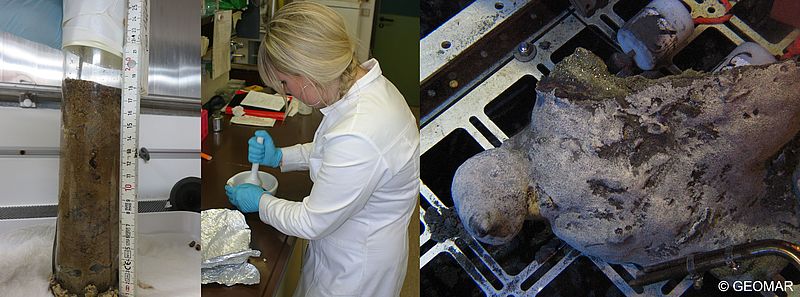
Activity-based screens developed to target novel enzymes from marine resources
The majority of microorganisms are currently not culturable. In some marine habitats like hydrothermal vents or sediments the communal composition that is to date not available in culture reaches more than 95% (Lloyd et al. 2018). More so, sequencing of genomes have shown that up to half of the open reading frames (orfs) resemble hits in the databases that are annotated as hypothetical functions – thus, no function can be assigned to the respective gene products. Consequently, when sequencing metagenomic fragments from the environment the orfs often have either no hits or very low similarity to orfs that are available in the public databases. The only way to circumvent this culture-based bias and the lack of knowledge of the role and function that respective gene products have in the environment is by developing and applying activity-based screens to metagenomic libraries. Albeit, activity-based screening technologies encounter various problems related to expression of the environmental genes in a culturable surrogate host, it is the only way for discovering truly novel proteins comprising new motifs (Perner et al. 2011).
References
Perner, M., Ilmberger, N., Köhler, H.U., Chow, J., and Streit, W.R. (2011) Emerging fields in functional metagenomics and its industrial relevance - overcoming limitations and redirecting the search for novel biocatalysts, p. 483-498. In Handbook of Molecular Microbial Ecology II: Metagenomics in Different Habitats de Bruijn, F.J. (ed). John Wiley & Sons, Inc., Hoboken, NJ. DOI: 10.1002/9781118010549.ch47
Lloyd, K.G., Stehen, A.d., Ladau, J., Yin, J. & L. Crosby (2018) Phylogenetically Novel Uncultured Microbial Cells Dominate Earth Microbiomes. mSystems. DOI: 10.1128/mSystems.00055-18



